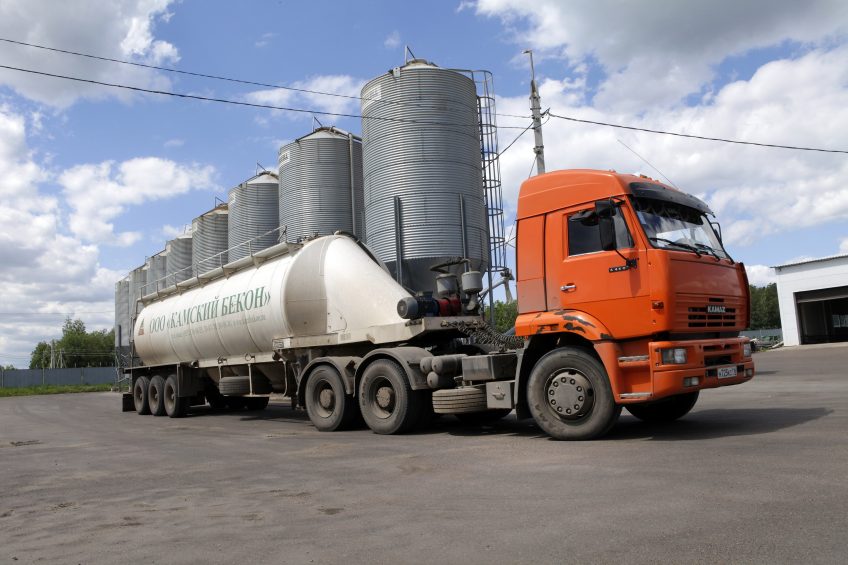Russia continues to build swine farms despite oversupply

Russia is in the process of building several new large pig production projects. This is happening despite the fact that self-sufficiency has almost been reached and in some cases there is an oversupply situation.
The combined worth of the pig farms currently under construction in Russia is around 200 billion roubles ($ 3.3 billion) and the production capacity is roughly 1 million tonnes of pork in liveweight. This estimate was shared by Yuri Kovalev, chairman of the Russian Union of Pork Producers (RUPP), to the local newspaper Kommersant. All these projects are estimated to start commercial operation by 2022.
According to Mr Kovalev, a certain degree of surplus pork can already be seen on pork markets in virtually all regions of Russia. In 2017, the pork self-sufficiency rate of Russia was estimated to be at 95%. In addition, there are still some import supplies that meet a small share of the domestic demand.
Pork self-sufficiency to 115%
In 2017 Russia produced 4.57 million tonnes of pork in liveweight, which was an increase of 5% compared to the previous year, Russia’s Agricultural Ministry estimated. If all announced pig farming projects indeed will be launched, the self-sufficiency rate of Russia with regards to pork could reach 115% by 2022 and the production surplus as the result would be close to 700,000 tonnes.
An example of the expansion is a recently announced plan by agricultural holding Kopitaniya. It revealed plans to invest 3 billion roubles ($ 50 million) into a new pig farm for 150,000 pigs.
This would drive up the company’s capacities in Siberia by 40% from the current level to 69,000 tonnes of pork per year. The new farm should start commercial operation early 2019.
No growth in pork production volumes
Eugene Leshenko, the agricultural minister of Novosobirsk region, where the farm will be based, stated on an earlier occasion that in 2017 pig farms in his region had yielded 70,000 tonnes of pork. There were no growth in production volumes, compared to 2016, but there was no need as well, he said.

Read more about the pig situation in various countries around the globe
The self-sufficiency in pork of Novosobirsk region was above 100%, so the pig farms started facing difficulties with selling their products to customers, Leshenko said.
Russian pig farmers hope that the oversupply crisis in the industry can be avoided by a rise in demand to Russian pork both in domestic and foreign markets. In the first quarter of 2017, Russia’s pig industry exported 22,400 tonnes of pork, up 50% compared to the same period in 2016.
Growth in pork exports
It is a big question whether the growth in pork exports could be sustainable, as Russia failed to negotiate the opening of new markets for pork products in 2017. As a result, nearly 85% of the pork exports in last year were sent to traditional trade partners like Ukraine and Belarus.
The domestic demand could recover in the years to come, as it was under pressure between 2014 and 2016. The economic crisis in the country had undermined the purchasing power of Russian citizens. As a result, they opted to consume less pork and beef and more chicken.











